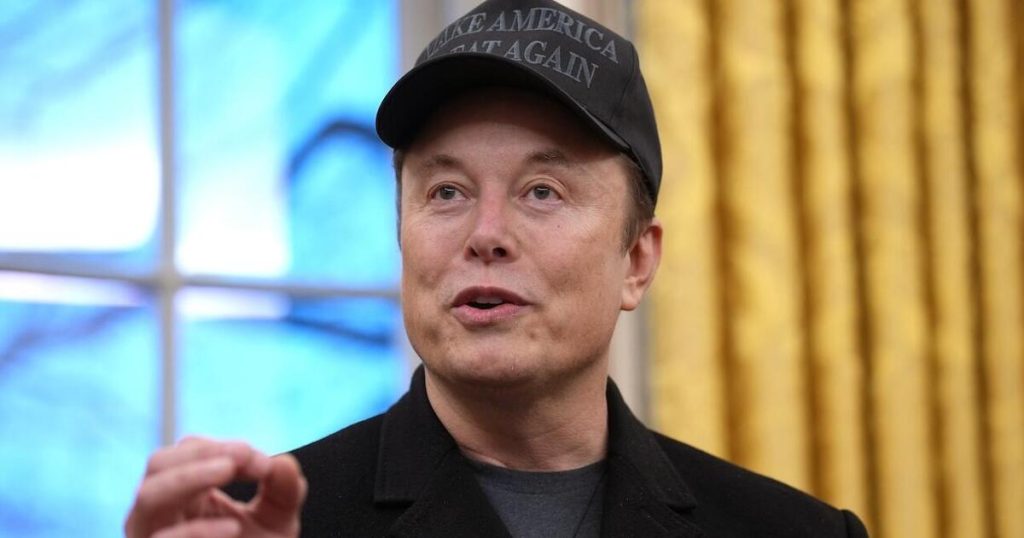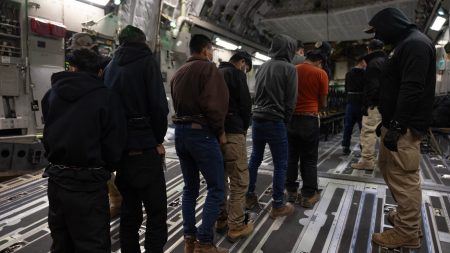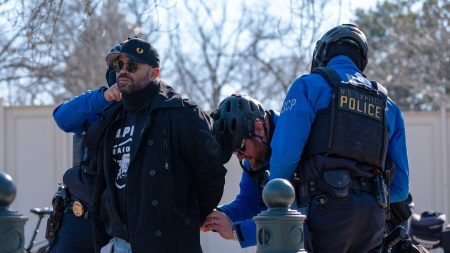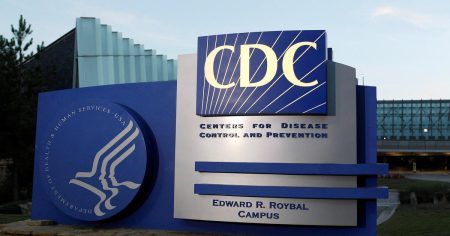The Call to Inspect Fort Knox: A Symbol of Security and Mystery
Fort Knox, the legendary depository in Kentucky, has long been a symbol of security and intrigue. Recently, President Donald Trump sparked curiosity when he suggested that Elon Musk, the visionary entrepreneur, would be involved in inspecting the facility to ensure the gold reserves are still intact. This statement comes amid ongoing discussions about the security and transparency of Fort Knox, a place that has captured the imagination of the public for decades.
The History and Significance of Fort Knox
Fort Knox, officially known as the United States Bullion Depository, has been a cornerstone of American financial security since its establishment in 1937. The depository is home to a vast reserve of gold, with current holdings amounting to 147.3 million ounces, roughly half of the U.S. Treasury’s stored gold. The facility’s reputation for impenetrable security has made it a subject of fascination, often featured in popular culture, from James Bond films to Looney Tunes cartoons.
Annual Audits and the Assurance of Gold Reserves
While the idea of inspecting Fort Knox may seem dramatic, the U.S. Treasury has consistently assured the public that the gold reserves are meticulously audited every year. Treasury Secretary Scott Bessent has reiterated that "all the gold is present and accounted for," dispelling any rumors of missing or depleted reserves. The audits are conducted with precision, and only small quantities of gold are ever removed for testing purity during these procedures.
The Evolution of Fort Knox Beyond Gold Storage
Beyond its role as a gold depository, Fort Knox has served multiple purposes over the years. Initially established during World War I as Camp Knox, it later became a permanent installation in 1932. During World War II, it was a key training center for the Armored Force, earning it the nickname "Home of Cavalry and Armor." In 2005, the Army moved its Armor Center and School to Fort Benning, Georgia, and Fort Knox transitioned into hosting the Human Resource Command Center of Excellence. Today, it is also the site of the Army’s largest annual training event each summer.
The Impenetrable Vault: Security and Rare Access
Fort Knox’s vault is renowned for its formidable security measures. The structure, built in 1936, is a marvel of engineering, constructed with 16,000 cubic feet of granite and 4,200 cubic yards of concrete. The facility is heavily guarded, and its strict access policies have only been breached a few times. In 1974, a group of journalists and a congressional delegation were allowed to visit the vaults to dispel rumors that the gold had been removed. More recently, in 2017, Treasury Secretary Steve Mnuchin visited the facility with Kentucky Gov. Matt Bevin and congressional representatives. Current Treasury Secretary Scott Bessent has expressed willingness to arrange inspections for interested senators, maintaining transparency while upholding the vault’s legendary security.
Fort Knox’s Enduring Legacy
Fort Knox’s enduring legacy extends beyond its role as a gold depository. It has become a cultural icon, symbolizing security and stability in an uncertain world. From its early days as a military training center to its current role as a hub for human resources and training, Fort Knox continues to serve the nation in multiple ways. President Trump’s suggestion to involve Elon Musk in an inspection, while largely symbolic, underscores the public’s enduring fascination with this enigmatic facility. Whether the gold reserves are ever inspected by Musk or not, Fort Knox remains a steadfast symbol of American strength and resilience.















